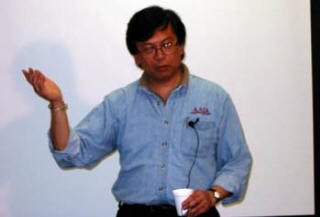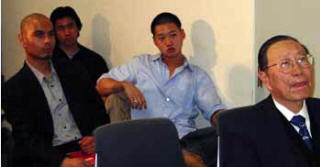
For thirty years, Corky Lee has used his camera to ensure that the faces of Asian Pacific Americans and their experiences be included in American history. His mission has been to document the incredibly diverse Asian American communities ignored by mainstream media. In an interview in AsianWeek Corky commented: “I’d like to think that every time I take my camera out of my bag, it’s like drawing a sword to combat indifference, injustice and discrimination, trying to get rid of stereotypes.”

His work, which has been described as “only a small attempt to rectify omissions in our history text books,” has appeared in Time magazine, The New York Times, The Village Voice, Associated Press, The Villager, and Downtown Express, as well as exhibitions throughout the United States, including Boston, San Francisco, Honolulu, and Denver. On college campuses, his photographs have been exhibited at Cornell, Columbia, Harvard, Princeton, and John Jay College of Criminal Justice in New York City. Corky contends that he owes much of his success to the Asian American press, notably A Magazine, Filipinas Magazine, and KoreAm Journal in addition to the following newspapers: AsianWeek, Asian New Yorker, NY Nichibei, Rafu Shimpo, International Examiner, and Hawaii Herald.

